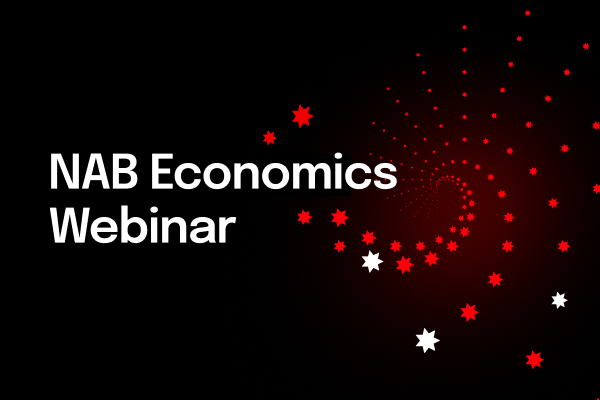Sally Auld, NAB Group Chief Economist, shares her insights on the economy


Webinar
Indicators in major advanced economies point to a renewed easing in growth for the rest of 2019, driven largely by the US economy. Similarly in Australia, we expect growth to continue at a below trend pace over the next few years.
Global
After modest improvement in Q1, indicators in major advanced economies (AEs) point to a renewed easing in growth for the rest of 2019, driven largely by the US economy. Emerging market (EM) economic growth also continues to come under pressure. With global growth slowing, the policy outlook has turned more dovish and a reduction in central bank policy rates is likely both across AEs – led by the Fed – but also EM economies, where there has already been some policy easing so far this year. While the resumption of trade talks between the US and China is welcome, with the eventual outcome unclear, uncertainty around trade policy remains elevated and it is likely to be a drag on business investment. Moreover, possible future US trade policy action is not limited to China and there are a range of other risks to the global outlook. We have left our forecasts unchanged this month, and expect global growth of 3.2% in 2019 and 3.3% in 2020. These rates of growth are below par, but not in recession territory.
Australia
We have not changed our forecasts for activity, the labour market and inflation this month. Overall, we expect growth to continue at a below trend pace over the next few years. We see growth of 1.7% this year, before a small improvement to 2.3% on a year-average basis in each of the out years. We continue to see the same factors driving the growth outcomes. The household sector is expected to remain weak with modest consumption growth and ongoing falls in dwelling investment. Offsetting this will be ongoing strength in public spending as well as near-term pickup in exports. Business investment is also expected to make a solid contribution. With overall growth below trend, we see a small deterioration in the labour market with employment growth slowing and the unemployment rate rising gradually – seeing a further build-up of spare capacity. As a result, our outlook for inflation remains meek, with core inflation only reaching the bottom of the RBA’s target band by end-2021. Consequently, we see a further rate cut in 2019 and think that more work from fiscal policy will be required. We would also not discount the risk of further monetary easing in 2020. The recent run of high frequency data suggests that growth is likely to have remained weak in Q2 with soft retail sales growth pointing to continued weak consumption growth, and continued below average business conditions in the NAB business survey pointing to weakness elsewhere in the economy.
Find out more in NAB’s world on two pages: July 2019.
© National Australia Bank Limited. ABN 12 004 044 937 AFSL and Australian Credit Licence 230686.